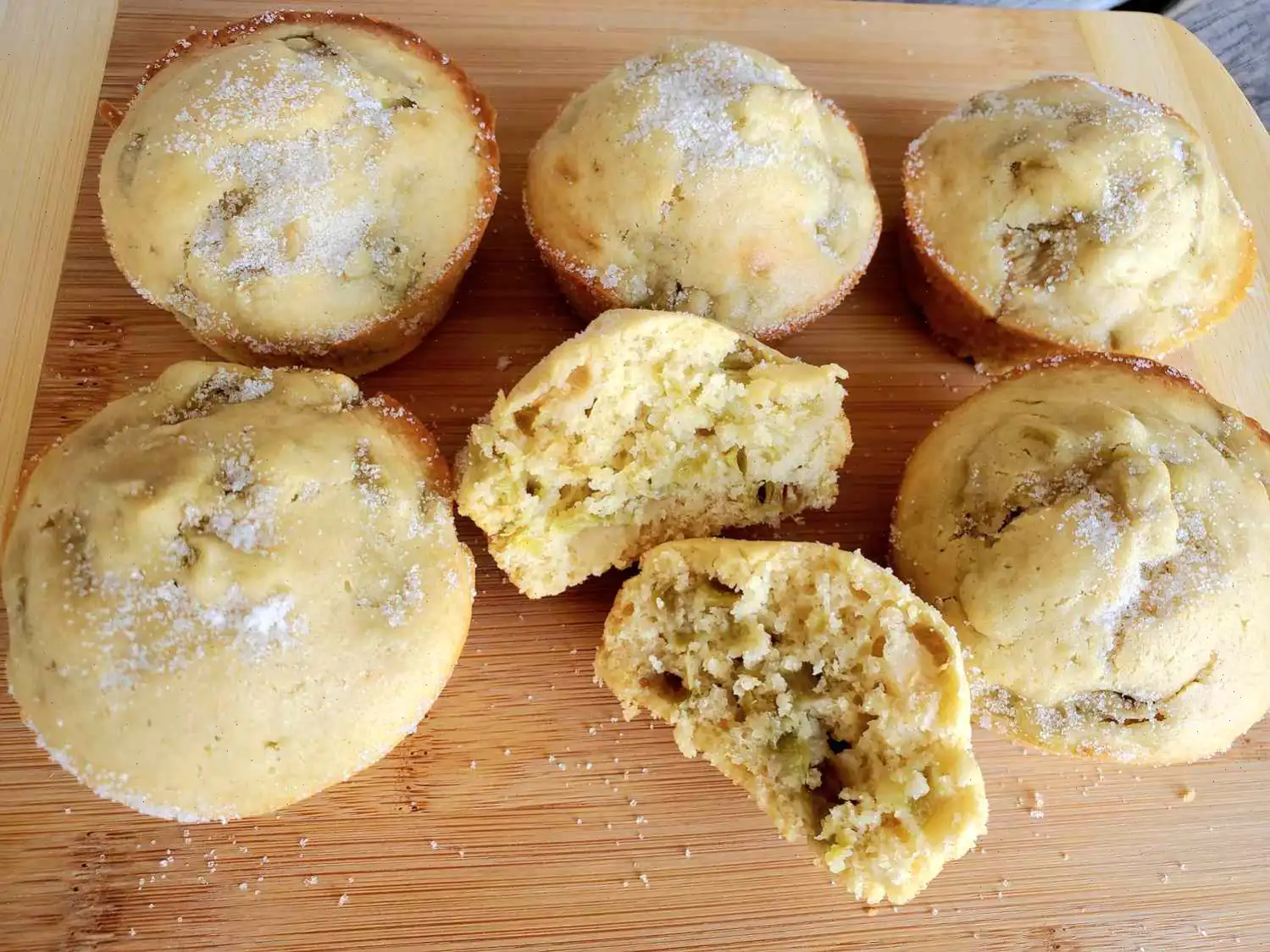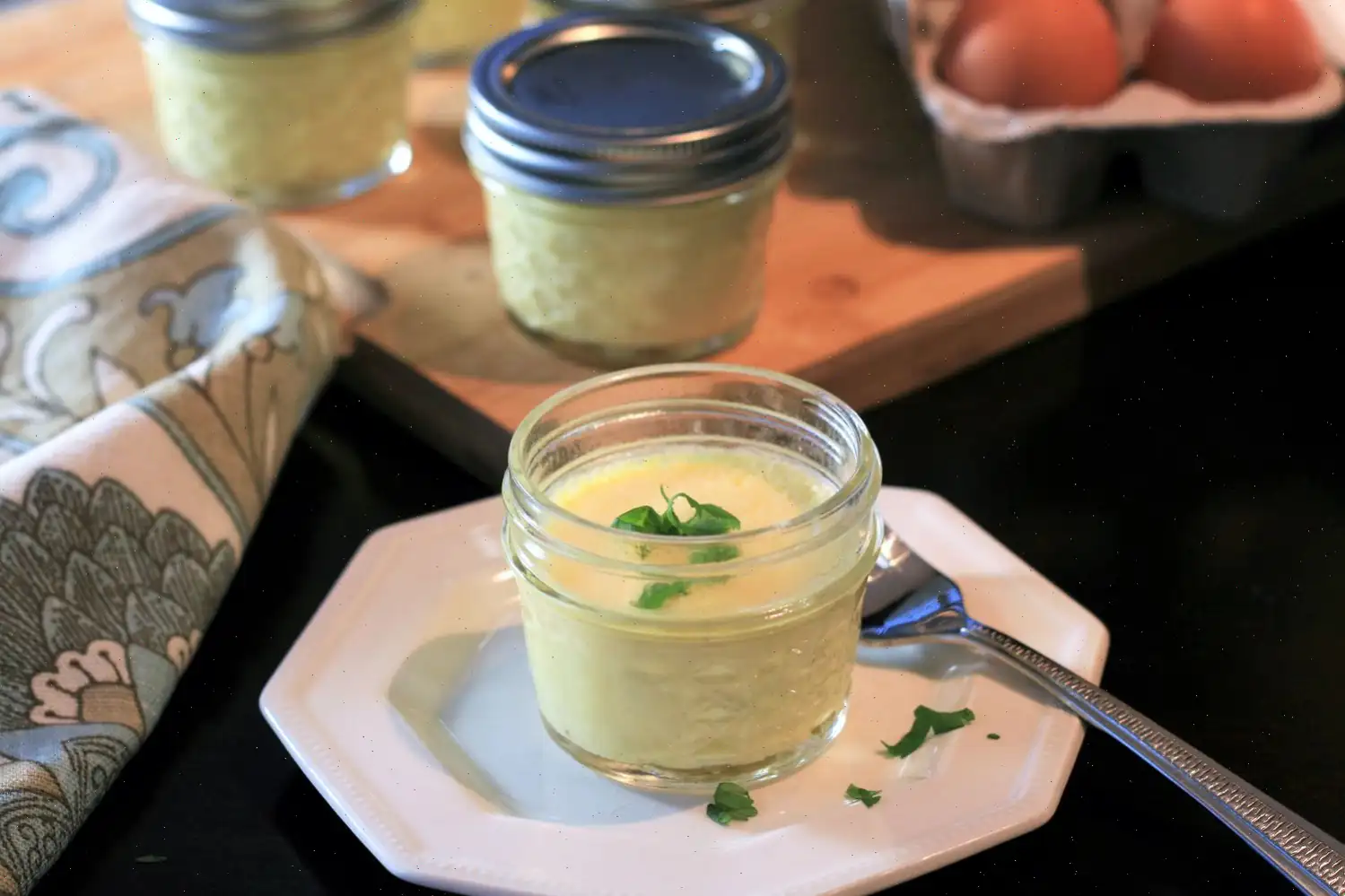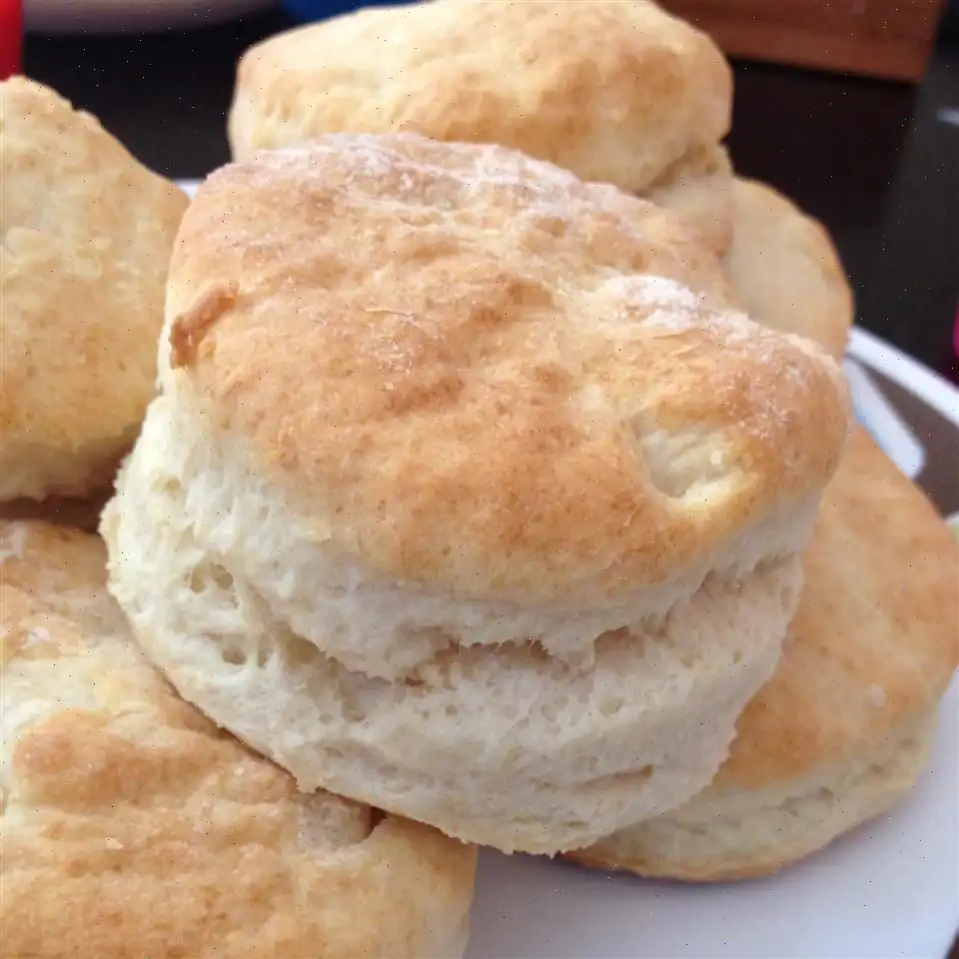
Coffee Creamer French Toast Recipe
Ingredients
- 1/2 cup cinnamon French toast flavor coffee creamer (such as Chobani Cinnamon French Toast)
- 1 1/2 teaspoons brown sugar
- 1/4 teaspoon cinnamon
- 1 splash Mexican vanilla extract
- 1 pinch salt
- 4 slices Italian bread (such as Turano Pane Turano)
- 1 tablespoon butter
- Whipped cream (optional)
- Pinch ground cinnamon (optional)
- Prepared caramel sauce, to taste (optional)
Directions
Step 1: In a shallow dish, whisk together the egg, coffee creamer, brown sugar, cinnamon, vanilla extract, and salt. Continue whisking until the mixture is smooth and foamy. Set aside.
Step 2: Heat a large nonstick skillet over medium heat. Add butter and allow it to melt completely.
Step 3: Soak each slice of bread in the egg mixture for 5 to 7 seconds on each side, ensuring it's evenly coated.
Step 4: Place the soaked bread slices into the skillet. Cook each side for 3 to 4 minutes, or until golden brown and crispy.
Step 5: Once cooked, remove from the skillet and serve immediately. For an added touch, top with whipped cream, a sprinkle of cinnamon, and a drizzle of caramel sauce if desired.
Nutrition Facts (per serving)
| Nutrition Information | Amount | % Daily Value* |
|---|---|---|
| Calories | 271 | 13% |
| Total Fat | 13g | 17% |
| Saturated Fat | 9g | 46% |
| Cholesterol | 15mg | 5% |
| Sodium | 381mg | 17% |
| Total Carbohydrate | 31g | 11% |
| Dietary Fiber | 1g | 5% |
| Total Sugars | 5g | - |
| Protein | 4g | 8% |
| Vitamin C | 0mg | 0% |
| Calcium | 45mg | 3% |
| Iron | 1mg | 7% |
| Potassium | 175mg | 4% |
*Percent Daily Values are based on a 2,000 calorie diet. Your daily values may be higher or lower depending on your calorie needs. Nutrient information is not available for all ingredients. Amount is based on available nutrient data. Please consult your doctor or dietitian if you have any dietary concerns.
The Story Behind Coffee Creamer French Toast
French toast itself traces back to ancient civilizations, with recipes appearing as early as the Roman Empire, where stale bread was soaked in milk and eggs before frying. The modern version we recognize today emerged in European cuisines, particularly in France, where it was called pain perdu, meaning "lost bread," highlighting its original purpose of rescuing stale bread. The addition of coffee creamer is a recent innovation, popularized in the United States in the 21st century as breakfast culture embraced convenience and flavor variety. Using flavored coffee creamer, especially cinnamon French toast creamer, adds a subtle sweetness and spice that transforms the classic French toast into a gourmet breakfast treat.
Regional Characteristics
This variation of French toast is especially popular in North America, where coffee culture intersects with breakfast traditions. In the U.S., different regions have added their local twists: the South often features rich toppings like pecans and bourbon syrup, while the Midwest may lean toward simpler, creamy flavors. The use of Italian bread in this recipe reflects a preference for thicker, sturdier loaves, which can absorb the custard-like mixture without falling apart. The cinnamon-flavored coffee creamer is an American touch, showcasing the regional love for convenient, pre-flavored ingredients.
Differences from Similar Dishes
While traditional French toast uses milk or cream as the soaking liquid, this recipe substitutes flavored coffee creamer, which imparts both sweetness and spice without additional sugar. Unlike Belgian waffles or pancakes, which rely on a batter for fluffiness, French toast maintains a denser texture due to the soaking process. Compared to other French toast variations, the coffee creamer version offers a more aromatic profile and can reduce preparation steps, making it ideal for busy mornings. The optional toppings, such as whipped cream, caramel sauce, or a sprinkle of cinnamon, allow for customizable indulgence while keeping the dish rooted in classic French toast principles.
Typical Serving Occasions
Coffee creamer French toast is commonly served for breakfast or brunch, both at home and in cafes. It is often a feature item on weekend brunch menus, paired with coffee or fresh fruit. In restaurants, it may be presented as a sweet entre, garnished with caramel drizzle, cinnamon, or whipped cream, making it visually appealing and indulgent. This dish also enjoys seasonal variations, where autumn-inspired spices like nutmeg or pumpkin are incorporated alongside the cinnamon creamer.
Interesting Facts
- The term "French toast" was first recorded in 17th-century England, although the dish itself existed earlier under different names in Europe.
- Coffee creamer varieties have expanded beyond plain milk substitutes to include flavors like caramel, vanilla, and seasonal spices, allowing creative adaptations of traditional recipes.
- Some cafes have created signature French toast drinks by infusing the custard mix with espresso or coffee-flavored creamers for a unique caffeinated twist.
- French toast is often linked to festive occasions and holidays in many cultures, particularly Christmas, where enriched breads like brioche or challah are used.
- The use of Italian bread in this recipe demonstrates an international influence, as sturdy loaves are ideal for achieving a perfectly soaked yet crisp exterior.
FAQ about Coffee Creamer French Toast Recipe
Comments
Jose Edwards
06/05/2024 12:36:30 AM
I must confess that I'm not the greatest cook, but this recipe was incredibly easy to follow and resulted in the most delicious French Toast I've ever made. My family loved it too!








